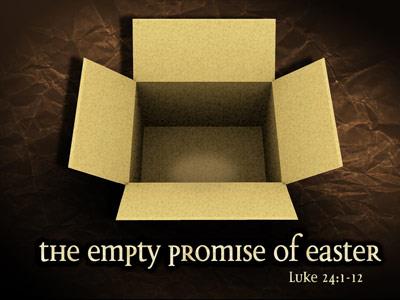-
Hosea-The Hurt Of God- Series Series
Contributed by Bob Marcaurelle on Nov 28, 2017 (message contributor)
Summary: Exposition and Application of the Book of Hosea
By
Pastor Bob Marcaurelle
Hosea-The Hurt of God Sermon 1
Hosea 1:1-2
THE TIMES AND TEARS OF HOSEA
Picture the scene. The house is dark. The children are in a bedroom crying. The pastor has been called in. The wife stands across the room and never looks him in the eye. The husband sits in front of him with his face in his hands, sobbing. He looks at his pastor and at his wife and says, “Why did you do this? How can you leave me? How can you do this to the kids?” It’s an old story and a familiar one, this wife sought and found love outside of her husband’s arms and now she was ready to give up all the people in her home for the arms of her lover.
Can anything good come out of this? I’m happy to say God can mend such a mess, and that man and his children can rebuild their lives. This same kind of thing happened nine hundred years before Christ, and in the broken hearted husband of that ancient home, the soul of a preacher was born. His name was Hosea and this is how God called him, “When the Lord first spoke through Hosea He said, ‘Go and take a wife of adultery (harlotry) for yourself and have children of harlotry for the people have turned from the Lord to harlotry.” So he went and married Gomer.” (1:2-3a).
The Jerusalem Bible puts it very graphically,
“Go, marry a whore and get children with a whore, for the country itself has become nothing but a whore by abandoning Yahweh.”
Some people feel that God would never tell anyone to marry a harlot, and thus we have here the fact that Hosea married a pure, chaste Hebrew girl, who later betrayed him, and went after other lovers. It was then that God showed him that this would be used to make him not only a better person, but a prophet who knew something of the pain in God’s heart. The language of the text, however, seems to indicate that Gomer was an immoral woman when Hosea married her. Either way, Hosea learned to love her as she became the mother of his three children. Since only the first one born “to Hosea” (1:3)) the probability is, the other two were not his, but the result of illicit love affairs. But this great man loved them as his own and loved their mother. In Hos. 2:1, after she has left them and the court day came for the divorce, he tells the children, “Plead with your mother, plead. . .” In 2:8, after she fell on hard times, Hosea saw that she received things like grain, oil and wine, so she could have some of life’s essentials. Years later, she hit rock bottom. Hos. 8:9 says she had to pay men to make love to her. Then, to pay her debts, and with no one to help her, she sold herself into slavery. She was a piece of trash dirty men could buy and sell and do with what they pleased. And what did Hosea do then? We read it in 3:1-2 as God says to him,
“Go again (Like he did when God called him to marry her in 1:2), and love this woman, who is loved by others, this adulteress. Love her like the Lord loves the people of Israel, though they turn to other gods.”
Hosea found her naked (2:3) on the slave block, scraped together enough money to buy her back, and took her back into his home and heart (3:3-5).
That’s the tragic story of Hosea, found in the first three chapters of his book. But it is also the tragic story of God and Israel; of God and Judah; of God and you and me; and anyone and everyone who tramples on Him and His blessings, and turns to walk in the ways of the world. But thank God, it can be the triumphant story of salvation, for we have a God who will come to us, as we stand used and abused and naked in sin’s slavery. Like Hosea loved Gomer, He loves us. Like Hosea paid the price for Gomer’s release, in Jesus, He pays the price of ours. The question for each of us is whether our life will be the tragedy of sin or the triumph of salvation. To answer that look first at. . .
I. THE APPROACHING SADNESS (1:12; 2 Kn. 17)
Verse one sets the general time of Hosea between 787-715 B.C., the Eighth Century. That era could be compared to a steep roof going up, up, up to success under Jeroboam (786-746) and Uzziah in the South (783-742). But with their deaths it plunged down, down, down to the sadness of Israel’s destruction in 722 and the Judah’s subjection. In 722 God destroyed the Northern Kingdom, Israel, that had been set up 200 years before, in 922 by Jeroboam I. The Assyrian storm troopers marched against Israel for years, then weak king after weak king came after Jeroboam II, until the finally came twenty years after his death and destroyed cities, captured the people of god, deported most of them to foreign countries, and settled foreigners, with their gods, in the land (2 Kn. 17). The prophets warned about it and saw it as a work of God. Isaiah called Assyria “the rod” of God (Isa. 10:5).

 Sermon Central
Sermon Central



